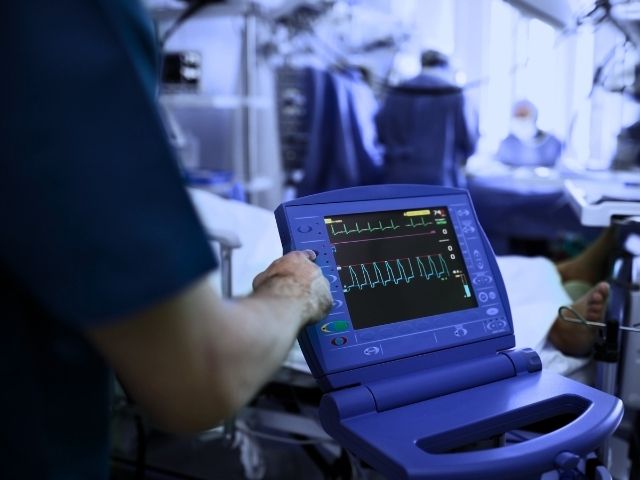The Goal of Targeting Temperature Management
The goal of TTM was to decrease cellular metabolism and oxygen demand physiological stress that compromised oxygen supply. The reduction in oxygen demand can decrease ischemic and reperfusion injury in the brain and other organs and offer neuroprotective effects by reducing harmful substances produced during stress, minimizing inflammation, and decreasing intracranial pressure.
After resuscitation, the body undergoes reperfusion, leading to a cascade of metabolic and cellular events that can cause significant physiologic harm. Gradual rewarming prevents complications, including rebound hyperthermia and further brain injury.
Reperfusion injuries refer to tissue damage caused when blood supply returns to the tissue after a period of ischemia. TTM may have applications in other clinical scenarios, including traumatic brain injury, stroke, and neonatal hypoxic-ischemic encephalopathy. In neonates with hypoxic-ischemic encephalopathy, several studies have shown improved survival and neurological outcomes with TTM.
The 2014 HYPERION (Targeted Temperature Management for Cardiac Arrest with non-shockable rhythm) study showed that in patients with coma, moderate hypothermia improved neurological outcomes at 90 days compared with targeted normothermia.
Overall research suggests that outcomes and health-related quality of life did not improve from hypothermia and in patients suffering out-of-hospital cardiac arrest, induced hypothermia did not lead to lower mortality.
The TTM2 trial, published in 2021 modified the guidelines of the first TTM study (2002) and harmonized that temperature management to normothermia might be necessary for improved patient outcomes.









